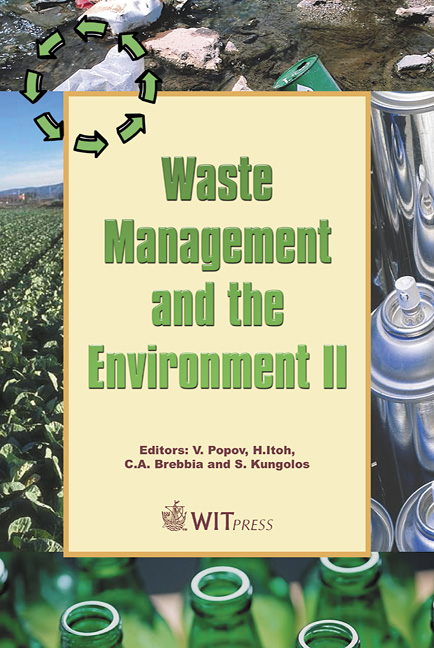Clay-isolation Of Chemical Waste In Mines
Price
Free (open access)
Transaction
Volume
78
Pages
11
Published
2004
Size
496 kb
Paper DOI
10.2495/WM040171
Copyright
WIT Press
Author(s)
R. Pusch
Abstract
Surrounding and mixing of solid waste by low-permeable expansive clay very effectively retards dissolution and migration of toxic elements due to very slow wetting and diffusive ion transport, and very low permeability of the clay. Drifts and rooms of abandoned mines that are filled with hazardous waste surrounded and mixed with smectite clay will not give off toxic elements in many tens or hundreds of thousands of years to the groundwater and by selecting suitable clay types and application techniques it is possible to isolate such waste at a reasonable cost. 1 Clay as isolating medium 1.1 General Clays have a low permeability and sorb cationic elements and some of them are also expansive and can fill up the space in which they are placed, like drifts and rooms in an abandoned mine. They are therefore ideal for embedding or surrounding solid waste. The smectite family, particularly montmorillonite, has the lowest hydraulic conductivity and the highest expandability of all clay types and should be considered for such purposes. The most suitable form of the clay for isolation of solid waste is dried and ground powder obtained by drying, crushing and sieving natural clay of required quality. Bentonite, being smectitic clay formed from volcanish ash in nature, is commercially available in any desired form from many mineral companies. The dry material can be compacted to form blocks in which solid waste objects can be embedded, or applied layer-wise by sandwiching clay and waste layers that are compacted on site by ordinary constructors’ techniques. Using drifts and rooms in deeply located abandoned mines the clay takes up water from the rock and eventually gets fully water saturated. The time for reaching this stage can be many decades or
Keywords





